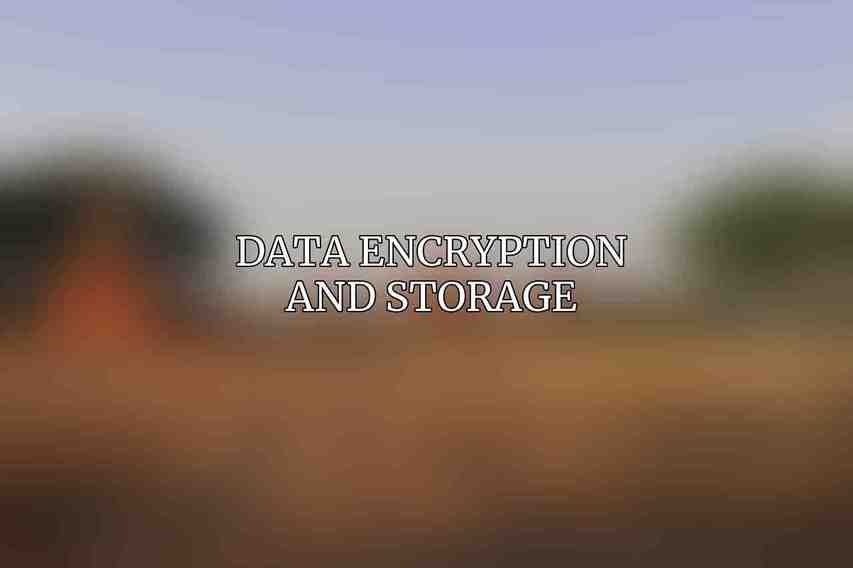input validation and sanitization play pivotal roles in fortifying the security of web applications. input validation ensures that data entered by users meets certain criteria before being processed, thus preventing malicious inputs. Various types of input validation techniques include:
Types of Input Validation:
- Type Checking: Verifying that the data entered matches the expected data type.
- Range Checking: Ensuring that the input falls within acceptable ranges or limits.
- Regular Expression Checking: Validating input based on predefined patterns.
- Integrity Checking: Verifying the integrity of data to detect tampering.
On the other hand, sanitization is the process of cleaning and filtering input data to remove potentially dangerous characters or scripts. Sanitization Techniques include:
Sanitization Techniques:
- Whitelisting: Allowing only specified safe characters or patterns.
- Blacklisting: Blocking known malicious input patterns.
- Escaping: Encoding special characters to prevent script injection.
- Parameterized Queries: Using parameterized queries to prevent SQL injection.
Secure Session Management

Efficient secure session management is paramount in safeguarding user sessions from unauthorized access and manipulation. Effective practices to ensure secure session management include:
Session Hijacking Prevention:
- Using Secure Cookies: Employing HttpOnly and Secure flags on cookies to mitigate session hijacking.
- Implementing Nonce-based Session Tokens: Utilizing unique tokens for each session to prevent replay attacks.
- Enforcing Session Timeout: Setting session expiration limits to reduce the window of vulnerability.
Cross-Site Request Forgery (CSRF) Protection:
- Generating Anti-CSRF Tokens: Including anti-CSRF tokens in forms to validate legitimate requests.
- Using Double-Submit Cookies: Verifying token consistency between cookies and requests.
- Implementing Same-Origin Policy: Limiting requests to the same origin to prevent CSRF attacks.
Data Encryption and Storage

data encryption and secure storage are indispensable practices for web developers to safeguard sensitive information. essential aspects include:
Encryption Algorithms:
- Symmetric Encryption: Employing algorithms like AES (Advanced Encryption Standard) and DES (Data Encryption Standard) for secure information transmission.
- Asymmetric Encryption: Utilizing RSA (Rivest-Shamir-Adleman) and ECC (Elliptic Curve Cryptography) for secure key exchange.
- Hashing: Implementing algorithms like SHA-256 and MD5 for password hashing and data integrity verification.
Secure Data Storage Practices:
- Salting and Hashing Passwords: Adding salt to passwords before hashing to enhance security.
- Encrypting Sensitive Data at Rest: Encrypting data stored in databases to protect against unauthorized access.
- Using Strong Encryption Keys: Employing robust encryption keys to enhance the overall security posture.
Stay tuned for more in-depth insights and best practices in secure coding for web developers!
Frequently Asked Questions
Why is secure coding important for web developers?
Secure coding helps protect sensitive data, prevent cyberattacks, and maintain user trust on websites. Learn more about Managing Data Security in Website Development
What are some common vulnerabilities that web developers need to be aware of?
Some common vulnerabilities include SQL injection, cross-site scripting (XSS), and insecure direct object references. Find more on Best Security Plugins for Enhancing Website Security
How can web developers prevent security vulnerabilities in their code?
Developers can prevent vulnerabilities by validating user input, using parameterized queries, and implementing secure authentication methods.
What role do frameworks and libraries play in secure coding practices?
Frameworks and libraries can provide built-in security features, such as input validation and protection against common vulnerabilities, making it easier for developers to write secure code.
Are there any tools available to help web developers with secure coding practices?
Yes, there are tools like static code analysis tools, security scanning tools, and code review platforms that can help developers identify and fix security flaws in their code.

